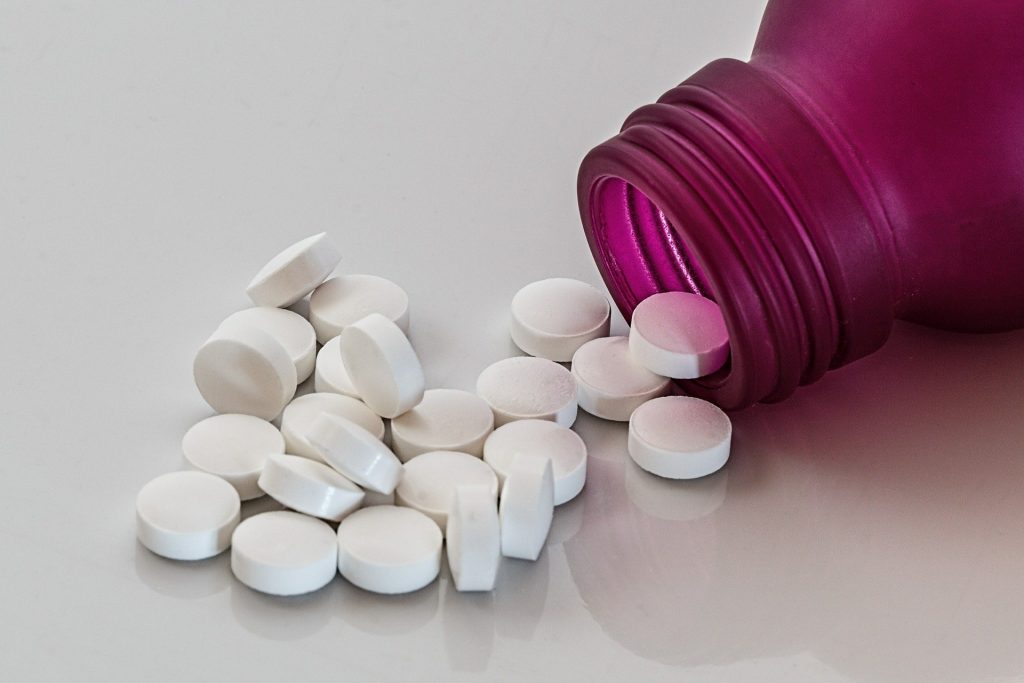A Novel Hydrogel for Treating Spinal Cord Injury

Researchers at the Chinese Academy of Sciences have developed an innovative scaffold that regulates the immune microenvironment following a spinal cord injury, thereby reduces secondary injury effects. Their work is reported in Biomaterials.
By modifying a hydrogel with a cationic polymer, polyamidoamine, and interleukin-10 (IL-10; an anti-inflammatory cytokine), the scaffold could enhance tissue remodelling and promote axonal regeneration.
Spinal cord injuries cause axon damage and neural cell death, leading to dysfunction. A secondary stage of injury follows the primary stage and lasts for several weeks. Infiltration and activation of immune cells triggered by a spinal cord injury creates an inflammatory microenvironment characterised with damage-associated molecular patterns (DAMPs) that exacerbates secondary damage and impairs neurological functional recovery.
With the capabilities of effective scavenging of DAMPs and sustained release of IL-10, such a dual-functional immunoregulatory hydrogel not only reduced pro-inflammatory responses of macrophages and microglia, but also enhanced neurogenic differentiation of neural stem cells.
In a mouse model of spinal cord injury, the scaffold suppressed cytokine production, counteracting the inflammatory microenvironment and regulating immune cell activation, resulting in neural regeneration and axon growth without scar formation.
The dual-functional immunoregulatory scaffold with neuroprotection and neural regeneration effects significantly promoted electrophysiological enhancement and motor function recovery after spinal cord injury.
This study suggests that functional scaffold reconstruction of the immune microenvironment is a promising and effective method for treating severe spinal cord injury.
Source: Chinese Academy of Sciences







